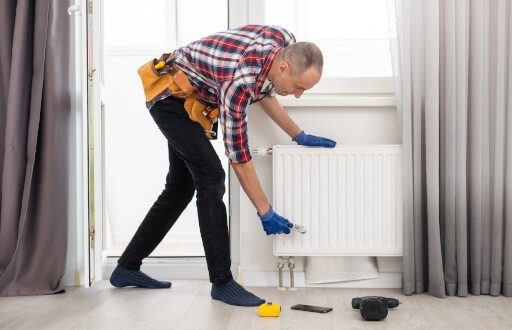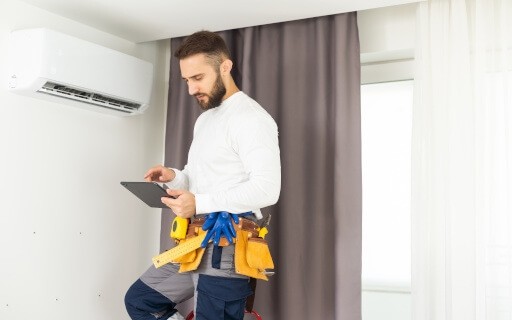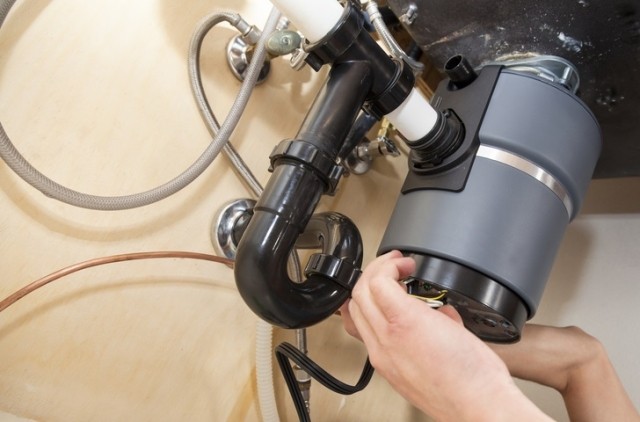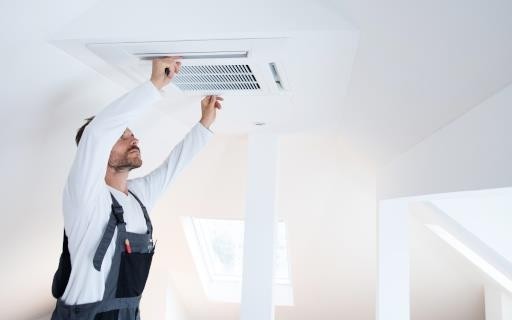Winter has finally arrived! Or maybe you live in a colder climate, so snow is a year-round thing. Either way, cold weather can mean there are many snowy days ahead. Snow removal isn’t as simple as grabbing your shovel to create a path in the middle of a sidewalk, so it’s important to understand what is required.
Who Is Responsible for Snow Removal?
Shoveling snow and snow blowing can be tough, but it’s a requirement that many communities enforce. Unless the lease states otherwise, tenants in single-family rentals may be responsible for snow removal. Landlords or property managers usually handle removal in multi-family dwellings.
Landlords typically bear the financial responsibility for snow removal on sidewalks and driveways. The responsibility of snow removal may transfer to able-bodied tenants living in a single-family house, but when the occupants are unable to shovel snow (i.e., if they are out of town or sickly), the landlord may be responsible again.
To avoid misunderstandings with your tenants and ensure the snow is removed, it’s wise to include a lease clause covering it. In the snow removal clause, you can specify who is responsible. If the clause states tenants are responsible for snow removal, they can either remove it themselves or hire a snow removal company if they are incapable of shoveling it themselves. Similar to other types of yard work, landlords can contract a tenant to remove snow. It’s also common for landlords to hire a snow removal company, especially if they own a multi-unit property. Of course, you can always go DIY and remove the snow yourself to save some money, but beware that removing snow can be a workout!
The overall goal is to make sure there is someone to clear snow so it’s safe for pedestrians and other tenants, so include a clause in your lease to detail who is responsible. If you do include a snow removal clause, we recommend getting a lawyer to review it.
Know Your Snow Removal Ordinances
Since streets, curbs, and sidewalks are considered public thoroughfares, public agencies are required to keep them clean according to the rules listed in the Americans with Disabilities Act. Many jurisdictions will pass on snow removal responsibilities to property owners, especially with public sidewalks. According to the ADA, property owners must remove enough snow from sidewalks to provide room for a wheelchair, at least 36 inches. The snow must not be deposited back onto public property such as the curb or the street since that would make it difficult for anyone trying to cross the street or drive their car. Local laws for snow removal vary, so it’s important to do your research to determine what’s expected of landlords in your area. Here are some common mandates for snow removal:
- The removal of snow from fire hydrants, benches, and other public amenities along the stretch of sidewalk that spans the property.
- A limit to the height of snow piled next to a walkway. When the snowbank exceeds the designated height, snow must be piled elsewhere.
- The application of road salt (or eco-friendly salt alternatives like calcium chloride), gravel, or sand to prevent slipping. Several cities in colder states like Michigan and Colorado will provide de-icing materials at various pickup points for free or a small fee.
Charges and Fines for Snow Removal Non-Compliance Are Common
Many states specify a timeframe for removing snow. For example, in Colorado homeowners and renters must remove snow within 24 hours of a snowstorm. If snow isn’t removed within 24 hours, they could be charged with a misdemeanor. Large cities like Chicago impose strict snow removal ordinances through hefty fines. The fines can range from $50 to $500. Renters, property owners, and business owners can be fined for non-compliance. These types of laws are common, but again, check your state and local laws to determine what is expected of landlords.
Elderly and People with Disabilities Are Exempt from Snow Removal
Although snow might look beautiful and fluffy, snow can be difficult to remove or walk across. Depending on the situation, falling on snow or removing snow can lead to serious injury, or even death. For these reasons, senior citizens and people with disabilities are exempt from snow removal ordinances. Neighbors, volunteer programs, churches, and youth groups are a few examples of community members who will remove snow for free. Several cities also provide subsidies to allow the elderly and people with disabilities to hire snow removal services.
Best Practices for Snow Removal
If you decide to remove the snow yourself, considering using a snowblower instead of a shovel. A snow blower is more efficient and requires less effort. Snowblowers don’t create snowbanks on the side of driveways or sidewalks. Snowblowers are also easier on the back and other muscles. Along with a place to store it, a snowblower requires maintenance and fuel, so it might not be the best option for everyone. For example, if your rental property is in an area where snow isn’t common, using a shovel is more practical.
If shoveling is your only option, here are a few tips for removing snow properly and without injury:
- Warm up your body by stretching or walking in place before shoveling snow.
- Dress in layers to stay warm but wear breathable clothing that still allows your body to cool off. You can also remove clothes as you warm up.
- Use hand and body warmers to stay warm. Only use warmers for the recommended time on the package to avoid injury.
- Use a lightweight shovel designed for snow removal.
- Drink water to stay hydrated.
- Take frequent breaks. If you’re shoveling a large area, take a few hours to rest and come back.
- Remove deep snow (one foot or more) in layers. Lift some snow from the top before shoveling the rest of the section.
- Push the snow to the side of the sidewalk whenever possible.
- When lifting snow, bend your knees, and use your legs for strength.
- Avoid back strain by keeping the blade close to your body while shoveling.
- Wax your shovel blade so the snow doesn’t stick. You can purchase snow and ice repellant spray, but floor wax, car wax, and cooking spray are common DIY options.
- Switch up your grip and alternate between right-handed and left-handed shoveling so different muscles are working.
- If you can, try to shovel the snow as it falls and wait for a few inches to accumulate. Snow is lighter and powdery when it first falls. The longer the snow stays, the wetter and harder it becomes which can make it harder to remove.
When people think of snow, they might envision sparkling snowflakes, snowmen, or a friendly snowball fight. However, snow is harmful if it’s not removed properly. Develop a plan for snow removal, especially if the rental is located in an area with heavy snowfall. Begin by checking your local laws and then craft a snow removal clause in your lease. Consider hiring a snow removal company to make things easier for your tenants and yourself. If you decide to remove snow yourself, use best practices for shoveling or invest in a snowblower to avoid injury. For snow removal and any other form of maintenance, always make sure your tenants have easy way to request repairs or service. With Apartments.com, renters can make maintenance requests online, where you can update them as the repairs progress. Good luck and stay warm!











